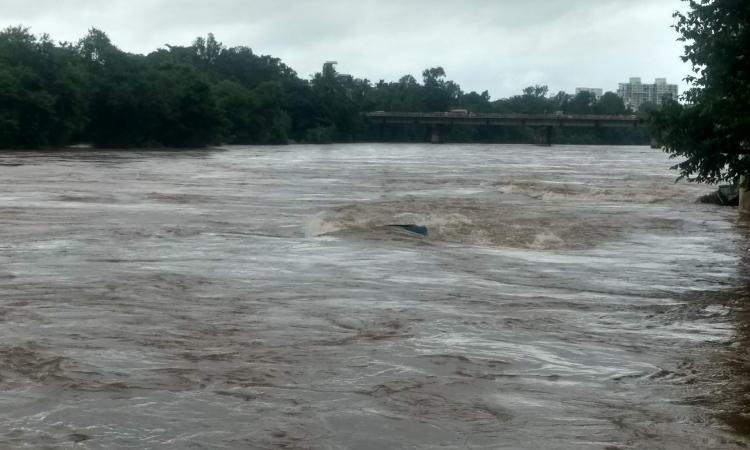
What are floods, why do we have floods at all? Jeevitnadi Living River Foundation, in this first video from Episode 1: But, why do we have floods released on 4th June 2021 from the series on 'Everything about floods', demystifies floods and delves into their importance for not only maintaining the river ecosystem and health, but also for supporting communities that depend on the river and floods for their livelihoods.
Watch the first video Part 1: Why do floods happen at all? by Jeevitnadi in Marathi here
Are floods really so bad?
Floods often trigger a negative image in the minds of people. Are floods really so bad? Why do they occur, are they really so destructive? Evidence shows that historically, floods were celebrated in India and there were many rituals associated with it as our ancestors knew the importance of floods for sustaining livelihoods.
India being an agricultural country, floods are known to be extremely useful for crops because of the nutrients they deposit through the silt, as well as for the health of the rivers and the teeming life forms that flourish alongside the banks of the river.
Flow and flood are the two vital and natural properties of a river that are crucial for her health and survival. They help in cleansing the river as well as in maintaining the functional ecosystem of the river.
When floods happen, floodplains are created on the banks of the river where the water spreads and this leads to a number of changes. The silt deposited along with the flood water has valuable nutrients that helps in survival of a large number of organisms that are an essential part of the food chain and support the river ecosystem.
Besides benefiting agriculture, floods also play an important role in groundwater recharge. All these changes are important and happen every year over a few months. Nutrients peak, then ebb and the cycle of nature repeats every year.
Why and when did floods become a problem?
While floods are so helpful, why did they become problem then? This has to do with the changes that happened over the years. Urbanisation, industrialisation coupled with anthropogenic activities and infrastructural changes like buildings and roads in the river floodplains, construction of dams were done aggressively without any consideration for the natural ecosystem of the river.
In many places, rivers continue to be restricted, bound, manipulated and plundered for their natural resources. These have led to extensive changes in the rivers and their ecosystems. This is when floods started becoming a problem as the natural characteristics and properties of the river were disturbed.
Dams can worsen floods
We have started looking at floods as a threat and devised mechanisms to control them by binding the river and restricting its flow. Policies too continue to look at floods as a threat to be controlled. Large water storage structures such as dams infact lead to worsening of floods by trying to control the flow of the river according to human needs and rainfall patterns.
While water is released from dams during the monsoons to reduce risk to the dams, this increases the risk and intensity of floods downstream. For example, the heavily dammed Krishna river was in news last year due to floods in Kolhapur and Sangli regions in Maharashtra. Maharashtra wanted water to be released from the Almatti dam while Karnataka wanted to save downstream of Almatti dam and was reluctant to release water. The river Krishna surged backwards triggering floods.
Saving rivers, restoring their flows are extremely crucial for dealing with floods. Floods will come each year. How we look at them and respond to them however, needs to change. And equally important is to ensure that policies made are not politically driven, but appropriate and made taking into consideration the health of rivers.
Watch the second video Part 2: Understanding floods to prevent them here
Watch the third video Part 3: Dams and floods here